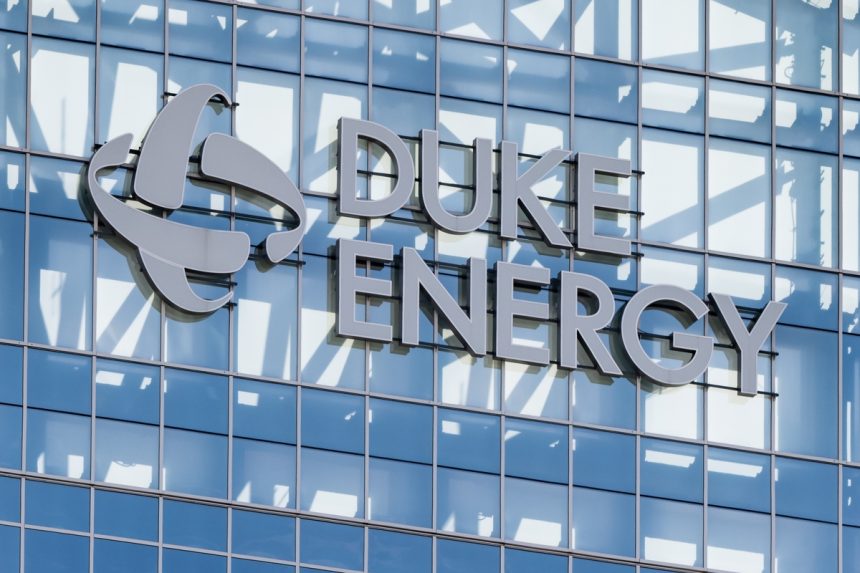Duke Energy Corp. has proposed merging its North and South Carolina electric utilities into a single entity, promising more than $1 billion in customer savings over the next decade. The Charlotte-based company has submitted formal requests to federal and state regulators, aiming for the merger to take effect by January 1, 2027.
One Utility, Two States, Big Savings
Duke Energy Carolinas and Duke Energy Progress currently operate independently despite their shared ownership since 2012. By consolidating the two subsidiaries, the company anticipates saving customers over $1 billion by 2038. According to Duke Energy, these savings will come from reduced duplication of services, more efficient operations, and lower maintenance costs.
“Combining our two utilities reduces customer costs, simplifies operations, supports economic growth and promotes regulatory efficiencies,” said Kodwo Ghartey-Tagoe, executive vice president and CEO at Duke Energy Carolinas. “There will be no immediate changes to retail customer rates or services.”
Massive Reach and Streamlined Services
Together, the two companies serve 4.7 million customers across 52,000 square miles of North and South Carolina and generate 34,600 megawatts of energy capacity. Duke Energy Carolinas covers Charlotte, Durham, Greenville, and Spartanburg, while Duke Energy Progress operates in areas including Raleigh, Wilmington, and even Asheville.
The current setup requires maintaining four separate retail-rate structures—two per subsidiary across both states—and filing four regulatory reports annually. Merging the utilities would allow for a gradual blending of rates and simpler filings, reducing regulatory complexity and customer confusion.
More Efficiency, Less Infrastructure Strain
The proposed merger would also reduce the number of energy production units needed, thanks to better coordination and shared infrastructure. This would lower fuel consumption, decrease wear and tear on equipment, and ultimately cut long-term costs.
Even now, Duke’s two subsidiaries collaborate on managing electricity demand and other shared operational responsibilities. The merger would simply formalize and deepen these integrations, Duke said in its statement.
Approval Process and Timeline
The merger proposal still requires approval from three regulatory bodies: the North Carolina Utilities Commission, the Public Service Commission of South Carolina, and the Federal Energy Regulatory Commission. If granted, these regulators would continue to oversee the unified utility’s operations.
Duke Energy, one of the largest electric holding companies in the U.S., stressed that the benefits will extend well beyond the $1 billion in projected savings. “Additional savings are expected after that,” the company noted in its release.
Duke Energy’s bold step to merge its Carolinas utilities reflects a strategic move toward a more streamlined and cost-effective future. By combining resources and simplifying regulatory processes, the company aims to deliver long-term value to millions of customers. As Ghartey-Tagoe emphasized, “All of which will create value for customers in both states.”






